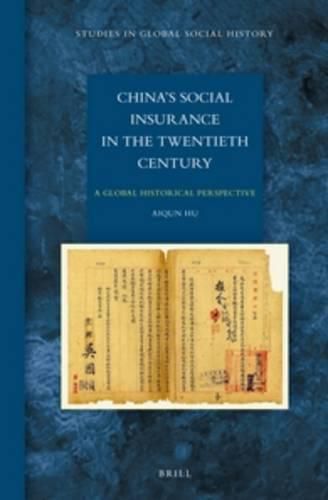Readings Newsletter
Become a Readings Member to make your shopping experience even easier.
Sign in or sign up for free!
You’re not far away from qualifying for FREE standard shipping within Australia
You’ve qualified for FREE standard shipping within Australia
The cart is loading…






In China’s Social Insurance in the Twentieth Century, Aiqun Hu develops a framework of interactive diffusion of global models in examining the history of China’s social insurance since the 1910s. The book covers both Nationalist- and Communist-controlled areas (1927-1949) and Taiwan (1949-present), surpassing the party divide. It argues that China’s progression in social insurance resulted from diffusion of two global models (German capitalist and Soviet socialist social insurance) until the early 1990s. Thereafter, China’s social insurance reforms were increasingly directed by the World Bank’s neoliberal models, which also influenced Taiwan’s pension reforms. During the entire process, however, global forces provided the basic intellectual framework, while national forces determined the timing and specifics of adopting the models.
$9.00 standard shipping within Australia
FREE standard shipping within Australia for orders over $100.00
Express & International shipping calculated at checkout
In China’s Social Insurance in the Twentieth Century, Aiqun Hu develops a framework of interactive diffusion of global models in examining the history of China’s social insurance since the 1910s. The book covers both Nationalist- and Communist-controlled areas (1927-1949) and Taiwan (1949-present), surpassing the party divide. It argues that China’s progression in social insurance resulted from diffusion of two global models (German capitalist and Soviet socialist social insurance) until the early 1990s. Thereafter, China’s social insurance reforms were increasingly directed by the World Bank’s neoliberal models, which also influenced Taiwan’s pension reforms. During the entire process, however, global forces provided the basic intellectual framework, while national forces determined the timing and specifics of adopting the models.